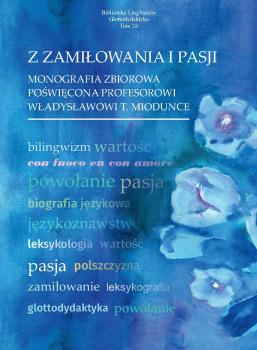Uczenie się polszczyzny przez użytkowników języków bantu na przykładzie suahili. Rozważania wstępne – fonetyka i morfologia .......... 31
Synopsis
LEARNING POLISH BY NATIVE SPEAKERS OF BANTU LANGUAGES AS EXAMPLED BY SWAHILI. INTRODUCTORY CONSIDERATIONS – PHONETICS AND MORPHOLOGY
Polish is considered an exceptionally difficult language by most speakers of African languages, especially sub-Saharan, due to its inflectional structure and its belonging to the Slavic group, which was not officially represented on the continent during colonial times. In this article, the author made a preliminary comparative analysis of the morphology and phonology of Polish and Swahili, the largest representative of the Bantu family. The basic differences between Polish and Swahili that may affect the difficulties in learning Polish by Swahili speakers (and Bantu languages in general) are: the lack of a grammatical category of gender in Swahili, as opposed to three genders in the singular and two in the plural in Polish; the absence of a category of case in Swahili, as opposed to Polish, in which all nominal forms are declined; the much more complicated formation of some parts of speech in Polish, especially the numeral, as compared to Swahili; the occurrence of lexical aspect categories in Polish, while in Swahili we rather deal with tense-aspect structures. The author points out that some verbal forms of Polish are easier than their Swahili equivalents, e.g. using regular verbal suffixes in Polish (there are only three conjugation forms in present tense, and regular agglutination forms in past tenses), regardless of whether they are affirmative or negative forms.





